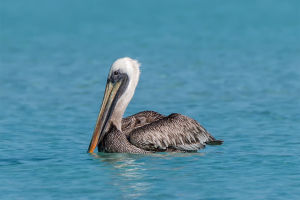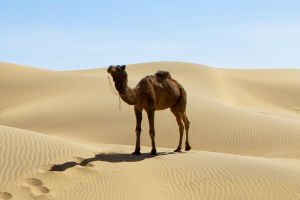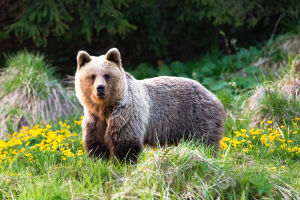Scientific Classification
Class: Aves
Order: Sphenisciformes
Family: Spheniscidae
Genus: Spheniscus
Species: demersus
About African Penguins
Appearance
African penguins, one of the smallest penguin species, are instantly recognizable by their black, white, and gray dense waterproof feathers. These feathers help them stay warm and dry in the cold waters of the African coast. A unique patch of bare skin above their eyes aids in regulating body temperature, turning pinker as the penguins warm up. Each penguin’s feather pattern is unique, akin to human fingerprints, with dot-like markings on their white chests. They possess sharply pointed beaks and black feet, and males are slightly larger than females.
Vocalization and Communication
African penguins have distinct vocalizations, including:
Bray: Attracts a mate.
Yell: Defends territory.
Haw: Locates mates.
They also communicate through body language, such as gaping, pecking, and bill-jabbing.
Habitat and Diet
Natural Habitat
Dear Lykkers! These penguins inhabit large colonies along the southwestern rocky coast of Africa, from Namibia to Port Elizabeth, and nearby islands. The largest colony is on Dyer Island. Nests are constructed in sand, guano deposits, or under natural cover like rocks or bushes, providing shelter from the intense sun.
Diet
Fast swimming enables African penguins to catch sardines, anchovies, squid, and crustaceans. They can dive over 400 feet deep and hold their breath for over two minutes. Each penguin consumes up to 14% of its body weight in food daily, swallowing fish whole.
Family Life
African penguins reach maturity around four years of age. Males court females with donkey-like brays, earning them many nicknames. Once bonded, pairs often mate for multiple seasons. Females dig burrows and lay two eggs, which both parents incubate for up to 40 days. After hatching, parents share chick-rearing duties for the first month. Juveniles join "nursery groups" for warmth and safety until they leave the colony at around four months.
Conservation Challenges
Declining Population
Once numbering in the millions, African penguin populations have drastically declined to fewer than 42,000 individuals due to habitat loss, over-fishing, and coastal development.
Conservation Efforts
Global organizations, such as the San Diego Zoo Wildlife Alliance and SANCCOB, are working to protect African penguins. Initiatives include rescuing, rehabilitating, and releasing injured or abandoned penguins, addressing oil spill impacts, and enhancing fish availability.
By supporting conservation programs, collective efforts aim to safeguard the future of this endearing species.


